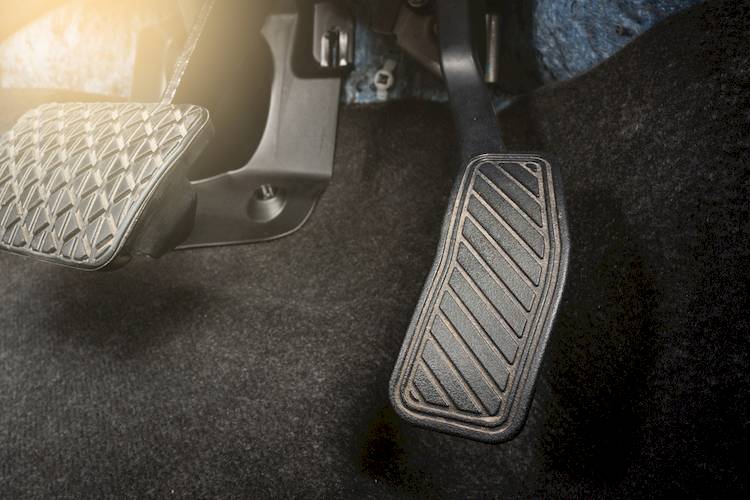

Most cars, trucks, and SUVs that are on the road today are monitored and operated with literally dozens of computer controlled electronic systems. Whether it's the electronic ignition system or advanced emission control units, each system works independently to operate specific components that allow drivers to start and drive their vehicles. One of the most important systems in use today is the electronic throttle controller, which receives an electrical signal from the physical action of depressing the throttle pedal and controls the opening and closing of the throttle body.
What is the throttle controller?
The Throttle Controller is the electronic version of what used to be operated by a mechanical cable. The function of the throttle control is operated by what we know as an accelerator or gas pedal. In earlier model vehicles, this pedal was connected to a cable that ran from the pedal to the engine and was connected to a mechanical linkage mounted to a carburetor or throttle body. As you press down on the accelerator pedal, the throttle control cable pulls on the linkage described above which is connected to what is often times referred to as a “butterfly valve” inside the throttle body.
As this opens and closes, a sensor referred to as a Mass Air Flow Sensor monitors this change in air which relays this information to your car’s ECM, or Electronic Control Module. The ECM then increases the amount of fuel being sent to the injectors in order to maintain the proper air/fuel mixture. As the ECM processes this information, it makes the requisite changes to fuel flow at the fuel injectors.
Under most circumstances, the throttle controller will last for the life of the vehicle. However, like any other mechanical and electrical component, there are some instances when it will fail, wear out or simply break. If this occurs, it will cause a few symptoms to occur that often alert the driver that a problem with the throttle control exists and corrective action is needed by a certified mechanic. Noted below are a few of the common warning signs of a bad or failing throttle controller.
1. Intermittent throttle control
The throttle controller is controlled electrically as opposed to the older, mechanical cables that ran from the throttle pedal to the throttle body. In some instances, the electric signal is disrupted, whether due to a loose electrical wire, a relay control issue, or damage done to a sensor. In any case, in some instances it will cause the throttle controller to lose a signal and deliver intermittent throttle control. Sometimes this is a minor issue that is more of an inconvenience while other times it can cause the vehicle to shut down or for the driver to lose the ability to control the throttle pedal.
If you notice that while pressing down on the throttle pedal that the car does not accelerate, it may be caused by a damaged throttle controller and should be inspected and serviced by a professional mechanic.
2. Throttle hesitation or problems accelerating
In some cases a damaged throttle controller will cause the engine to have issues with acceleration or cause a "stumbling" effect when the throttle is engaged by the driver. This can result in lack of performance and can be a safety concern if not inspected and repaired quickly. Not having full access to the throttle can lead to accidents and in the worst case, a stuck throttle.
3. Drastic changes in fuel economy
When the throttle controller is damaged, it can also cause fuel to be consumed more frequently than it should. In this case, the problem may be caused by a miscommunication link from the throttle controller and the engine's air fuel mixture which is regulated by the mass air flow sensor on many cars.
When any of these warning signs occur, an engine with a throttle controller will trigger an OBD-II error code that is stored inside the ECM and can be downloaded and inspected by a professional mechanic with a digital scanner. This will also trigger the Check Engine Light to illuminate on the dashboard.
Once they determine the source of the error code, the corrective action can be recommended and the problem with the throttle controller can be fixed correctly.
In most cases, issues with the throttle controller are electric, either caused by a damaged sensor or electrical relay. However, there are times when the throttle controller is damaged and needs to be replaced. Anytime you experience the above symptoms or warning signs, take time to contact a local ASE certified mechanic who can inspect your issue and replace the throttle controller if that is the correct solution to your problem.



